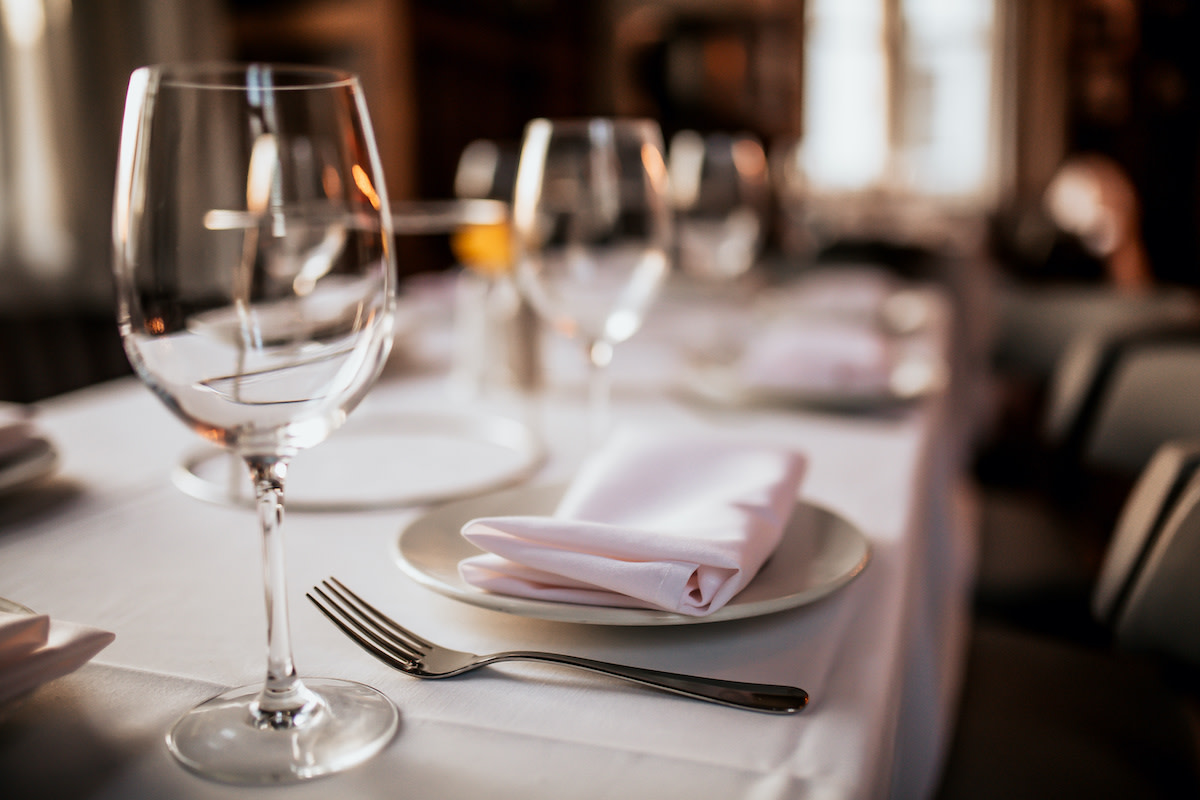Types of Restaurants: 10 Common Restaurant Categories
Written by MasterClass
Last updated: Jun 7, 2021 • 3 min read
There are several different types of restaurants or broad restaurant categories that indicate different service levels, prices, and dining experiences. This guide will help you understand the various kinds of restaurants.
Learn From the Best
10 Most Common Types of Restaurants
Within the broader restaurant industry, many types of restaurants offer different experiences, price points, and service levels to cater to a diner’s specific wants and needs. Here are the 10 most common types of restaurants today.
- 1. Casual dining restaurants: Casual dining restaurants serve food à la carte at moderate prices with full-table service. Casual dining restaurants—whether they are chains or independently owned—cover a wide variety of cuisines, including Mexican, American, Italian, and Chinese.
- 2. Fine dining restaurants: Fine dining restaurants offer attentive, full table service in a more formal dining room setting than a casual restaurant. The food at fine dining restaurants is often considered higher-quality, more expensive than casual dining restaurants, and often involves meals with several courses including wine or cocktails, appetizers, salads, entrées, side dishes, and desserts. A fine dining restaurant may require you to dress up in accordance with the restaurant’s dress code.
- 3. Family-style restaurants: Family-style restaurants serve large portions of moderately-priced food meant to be shared by large parties. These types of restaurants typically offer table service in a laid-back atmosphere. Some cuisines well-suited to family-style dining include Italian-American food, Chinese-American food, and traditional American food because these cuisines often include large, shareable portions of dishes like pasta, noodles, stir-fries, and fried finger food.
- 4. Fast-casual restaurants: Fast-casual restaurants typically offer counter service instead of table service. These eateries either allow customers to order items from a menu, or to build their own customizable meals at the counter. Fast-casual restaurants commonly serve sandwiches, burgers, burritos, and salads. This type of dining experience has become increasingly popular because it balances the quality of casual dining with the speed of fast food.
- 5. Fast-food restaurants: A fast-food restaurant is a type of quick-service-restaurant (or QSR) that serves low-cost food quickly from a counter or drive-through. Fast food restaurants offer a fixed menu of mass-produced food that is usually pre-cooked to expedite service. Many fast-food chains have international locations and are some of the most popular restaurants around the world.
- 6. Food trucks: Food trucks serve moderately-priced food that is made-to-order from a full kitchen inside of a vehicle. They usually only offer counter service and don’t often have seating. Food trucks typically specialize in one particular type of food item like tacos, barbecue, hot dogs, grilled cheese, or ice cream. Food trucks usually drive to new locations that are convenient for their customers—like offices, flea markets, or private events. Food trucks are a great way for entrepreneurs to test a new restaurant concept because they require fewer staff members and less overhead than a brick-and-mortar location.
- 7. Pop-up restaurants: Pop-up restaurants are dining establishments that open in a specific location for a limited period of time. They can involve counter service or table service and usually have limited seating. A benefit to a pop-up restaurant is that it allows chefs and business owners to test out a dining concept for a limited period of time without making a huge real estate commitment and leasing a brick-and-mortar space.
- 8. Bars and pubs: A bar or pub is an establishment that primarily serves alcohol, and sometimes offers a limited food menu consisting of casual dishes like finger foods and burgers. Bartenders typically take food orders from the bar when you submit your drink order. Certain fine dining and casual dining establishments include a self-seating bar area, but bars can also be standalone establishments.
- 9. Cafés: Cafés provide counter service with a wide range of coffee items including espressos, cappuccinos, and lattes. Casual food items like sandwiches, salads, and pastries are sometimes served as well.
- 10. Buffets: Buffet-style restaurants offer customizable plates at a fixed price per person. In a buffet-style restaurant, customers serve themselves, choosing from a variety of food items laid out on a bar or row of tables. Buffets sometimes offer all-you-can-eat options, and customers can return to the bar for multiple rounds of food.
Want to Learn More About Cooking?
Become a better chef with the MasterClass Annual Membership. Gain access to exclusive video lessons taught by the world’s best, including Gordon Ramsay, Gabriela Cámara, Chef Thomas Keller, Dominique Ansel, Yotam Ottolenghi, Alice Waters, and more.
